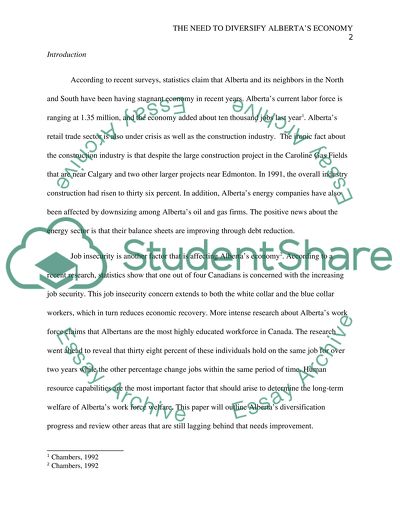Cite this document
(“Alberta's economic reliance on its energy resources Term Paper”, n.d.)
Alberta's economic reliance on its energy resources Term Paper. Retrieved from https://studentshare.org/macro-microeconomics/1470508-albertayies-economic-reliance-on-its-energy
Alberta's economic reliance on its energy resources Term Paper. Retrieved from https://studentshare.org/macro-microeconomics/1470508-albertayies-economic-reliance-on-its-energy
(Alberta'S Economic Reliance on Its Energy Resources Term Paper)
Alberta'S Economic Reliance on Its Energy Resources Term Paper. https://studentshare.org/macro-microeconomics/1470508-albertayies-economic-reliance-on-its-energy.
Alberta'S Economic Reliance on Its Energy Resources Term Paper. https://studentshare.org/macro-microeconomics/1470508-albertayies-economic-reliance-on-its-energy.
“Alberta'S Economic Reliance on Its Energy Resources Term Paper”, n.d. https://studentshare.org/macro-microeconomics/1470508-albertayies-economic-reliance-on-its-energy.


